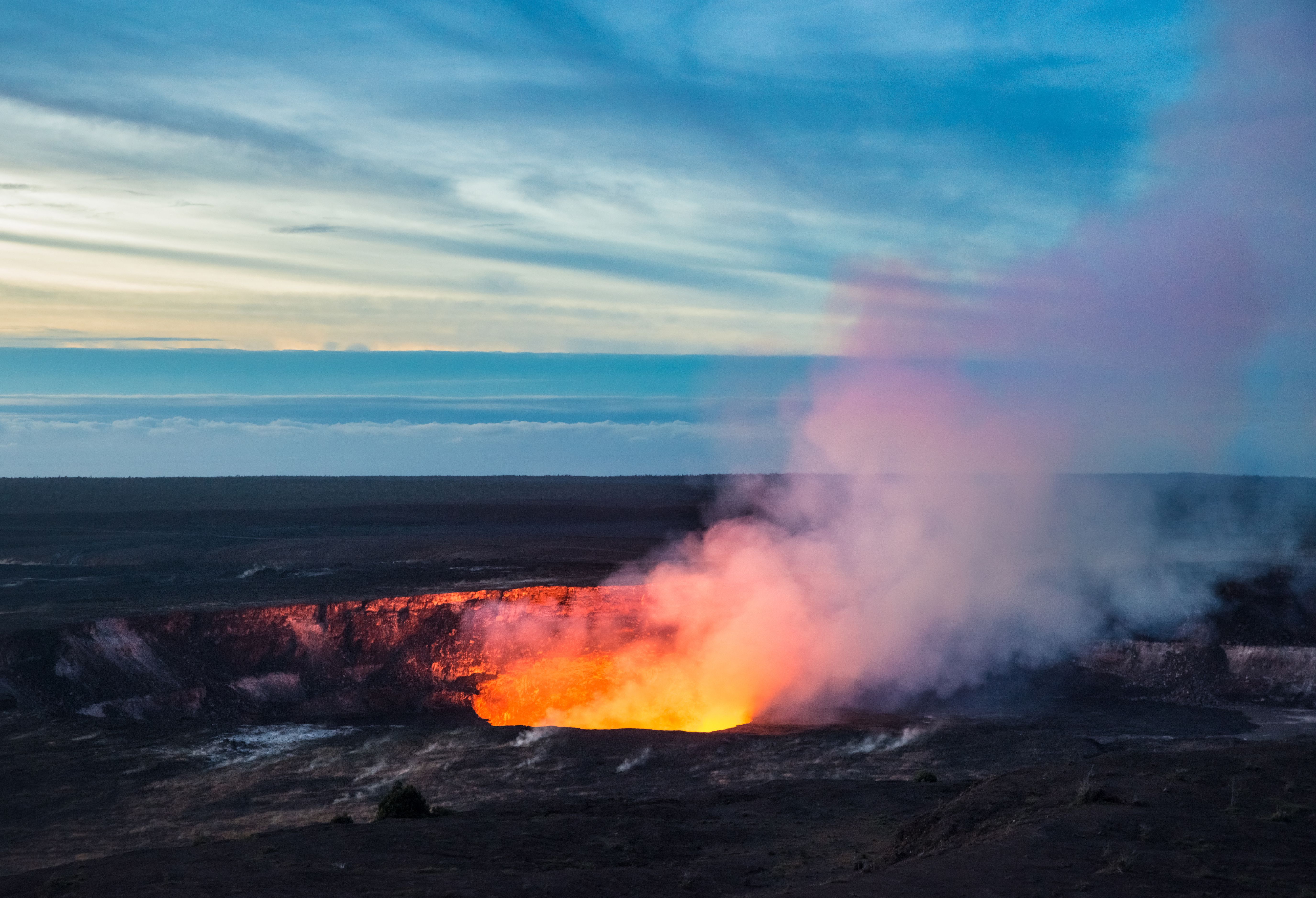News
Article
LIBS and EPMA Combination Reveals New Insights into Uranium Mineralization
Author(s):
New research demonstrates the potential of combining LIBS and EPMA for distinguishing and characterizing uranium mineralizations, opening new avenues for environmental protection and ore genesis studies.
In a recent study published in Spectrochimica Acta Part B: Atomic Spectroscopy, researchers demonstrated how laser-induced breakdown spectroscopy (LIBS) can complement electron probe microanalysis (EPMA) in effectively distinguishing and characterizing various types of uranium mineralizations (1). This study is significant because it shines a light into uranium oxidation states, which has implications for geoscience applications.
Franz Josef glacier | Image Credit: © shirophoto - stock.adobe.com

The study sought to investigate the capabilities of LIBS and EPMA when used in conjunction with each other. The researchers successfully confirmed that the LIBS signal of oxygen is proportional to oxygen content, and that the strength of the oxygen signal is closely linked to the oxidation state of uranium (1). Moreover, the presence of a stronger hydrogen signal in presumed secondary mineralization further supported the assumption that hydrogen is closely related to water (or hydroxyl group) content (1).
The researchers used superimposed images obtained from both LIBS and EPMA, resulting in a clear contrast between primary and secondary uranium mineralizations (1). By comparing the uranium images acquired through the two techniques, they found a perfect match, confirming the accuracy and reliability of their findings. On the other hand, the LIBS image of oxygen revealed something else. It showed that water and hydroxyl groups existed in the mineral phases, confirming that uranophane and other minerals contained hydrogen (1).
Mapping uranium oxidation states can be helpful in environmental protection efforts. By using natural geological samples, scientists can do so, which allows them address and identify potential contamination risks (1). Previously, techniques like electron microprobe (EMP) or laser ablation inductively coupled plasma mass spectrometry (LA-ICP-MS), were commonly employed for studying natural geological samples (1). However, these methods were unsuccessful in providing information about oxidation states. This was especially problematic for light elements such as hydrogen (1).
LIBS and EPMA rectifies these issues and overcomes these limitations. The successful utilization of LIBS and EPMA in tandem marks a crucial milestone in the study of uranium mineralization (1). Using these techniques allows scientists to analyze more elements in geoscience applications. As a result, scientists are able to gain a better understanding of geological processes and suggest process improvements for protecting the environment (1). This achievement is expected to pave the way for more comprehensive studies and applications in environmental monitoring, ore genesis research, and technological advancements related to uranium exploration and utilization.
Reference
(1) Krempl, I.; Novotny, K.; Wertich, V.; et al. Distinguishing secondary uranium mineralizations in uranium ore using LIBS imaging. Spectrochimica Acta Part B: At. Spectrosc. 2023, 206, 106734. DOI: 10.1016/j.sab.2023.106734
Newsletter
Get essential updates on the latest spectroscopy technologies, regulatory standards, and best practices—subscribe today to Spectroscopy.





